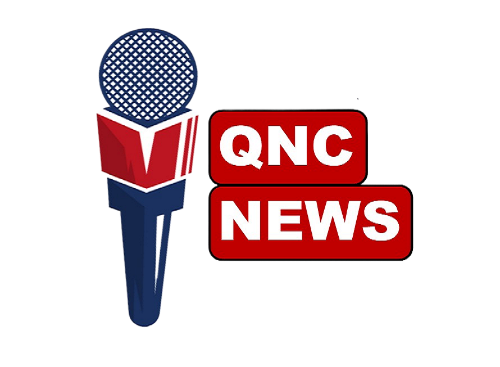The United States government has entered a partial shutdown after the Senate failed to pass a funding bill, the first such occurrence since 2019. This shutdown began at 12:01 a.m. EDT on October 1, 2025, due to deadlocked negotiations over healthcare subsidies and federal spending. The Republican proposal aimed to extend government funding until November 21 but was blocked by Senate Democrats who insisted on including provisions to extend Affordable Care Act subsidies, set to expire at year-end. Meanwhile, the Democratic proposal sought to extend funding until October 31 while reversing Medicaid cuts and was also opposed by Republicans.
Consequently, about 750,000 federal employees have been furloughed, and another 700,000 are working without pay. Essential services, such as Medicare and TSA operations, continue, but many agencies, including the National Institutes of Health and the CDC, face either partial or full suspensions.
President Donald Trump has proposed mass layoffs in the federal workforce to eliminate “dead wood, waste, and fraud,” a move that has drawn political criticism, with opponents alleging that the administration is leveraging workers in the budget standoff. The shutdown highlights deepening partisan divides, especially as the 2026 midterm elections approach. Democrats blame the Republican refusal to negotiate on healthcare for the stalemate, while Republicans argue that Democrat demands are unrelated to essential government funding.
As the shutdown persists, federal agencies are bracing for prolonged closures, with anticipated economic impacts. The ongoing deadlock emphasizes the difficulty in achieving bipartisan agreements on federal spending and healthcare policy.











Leave a comment